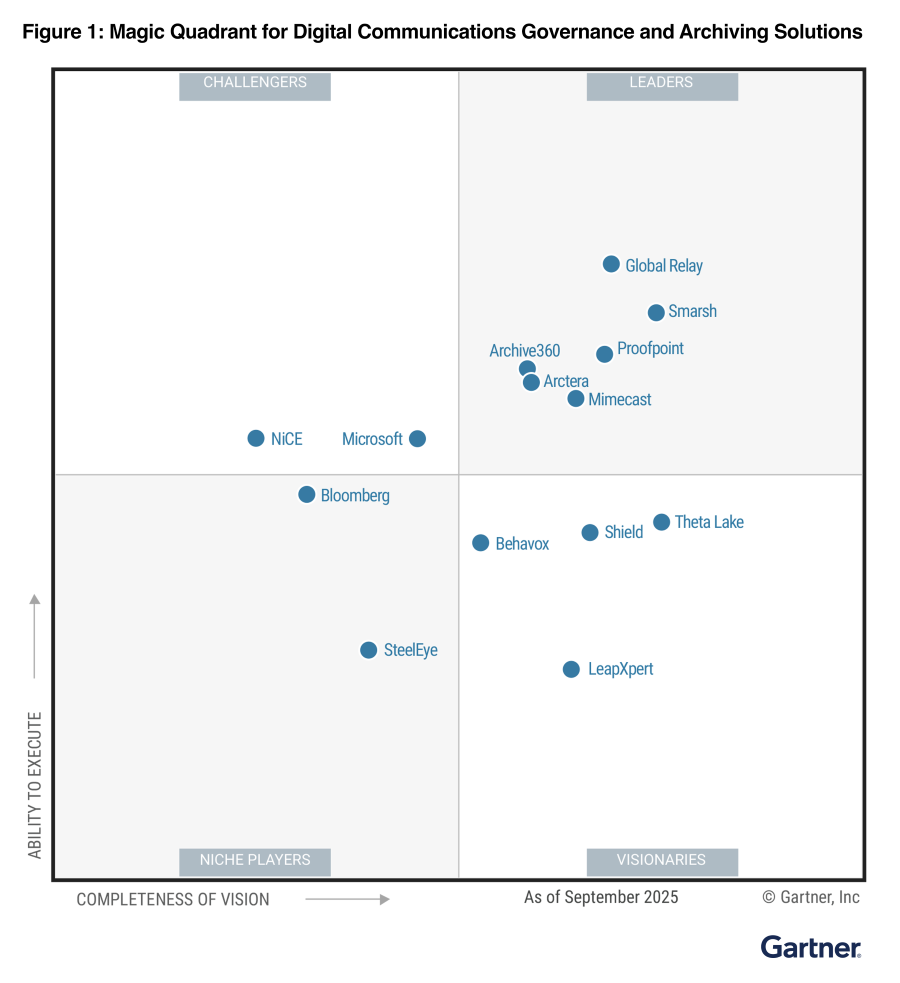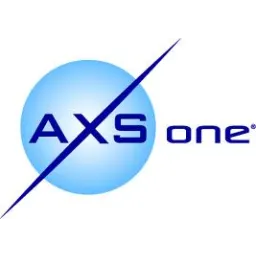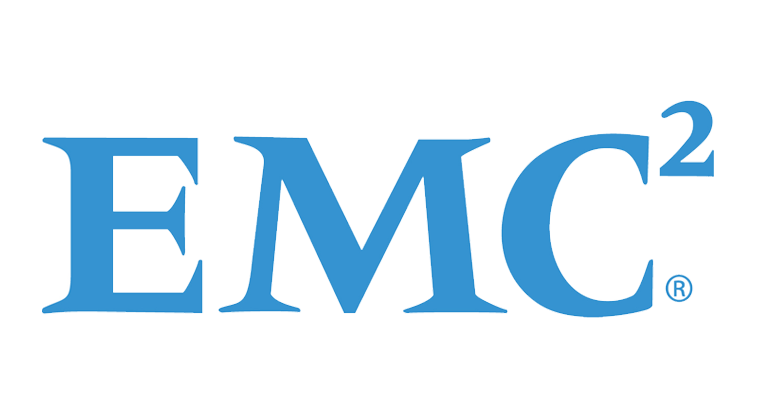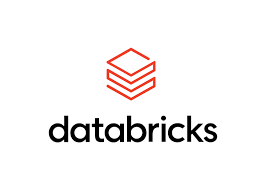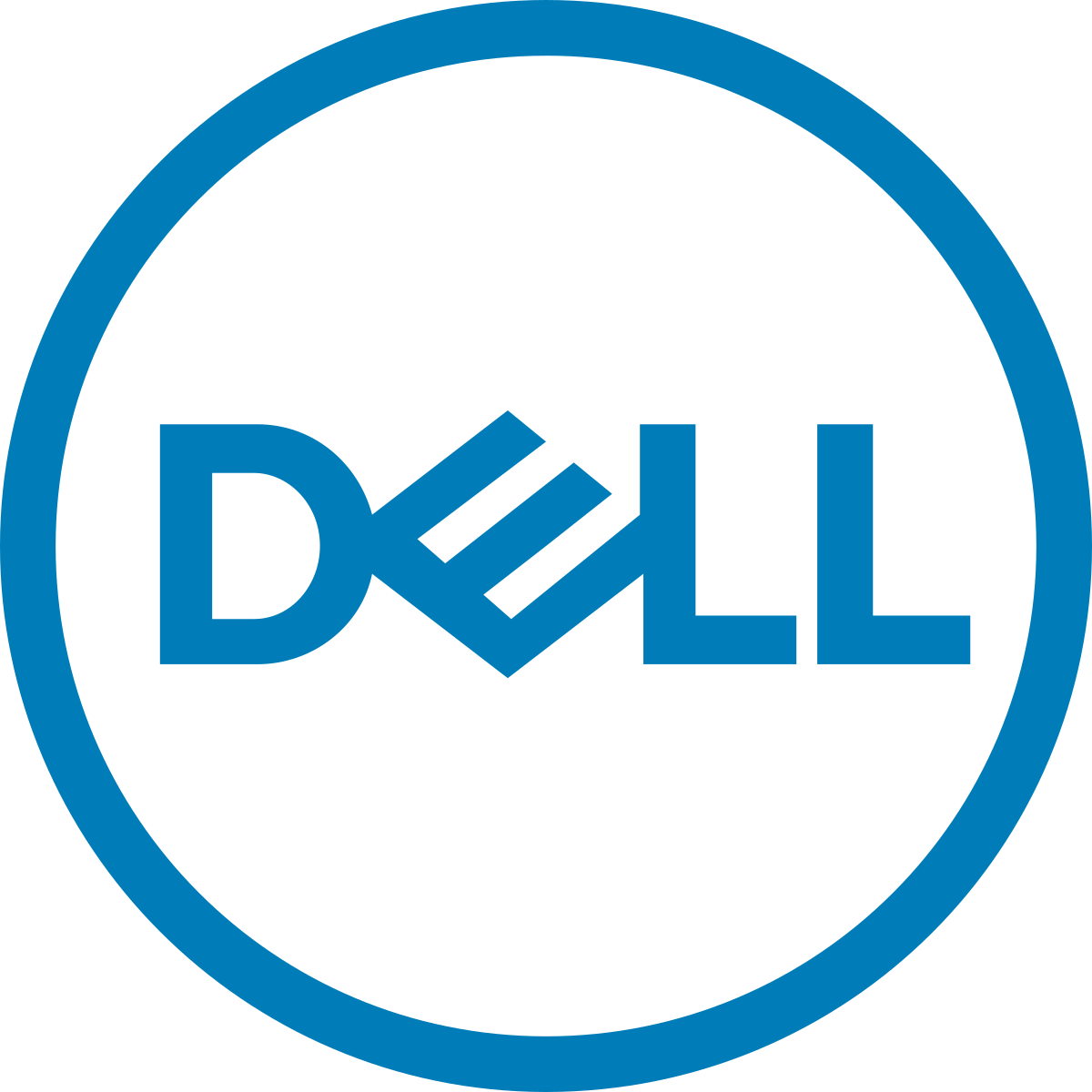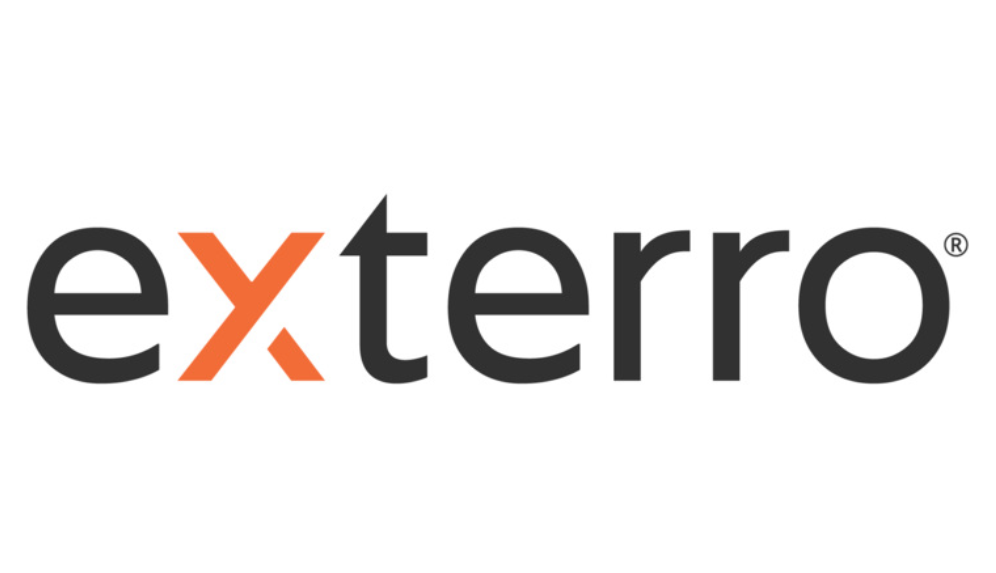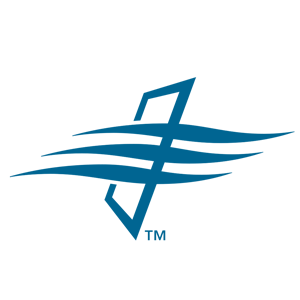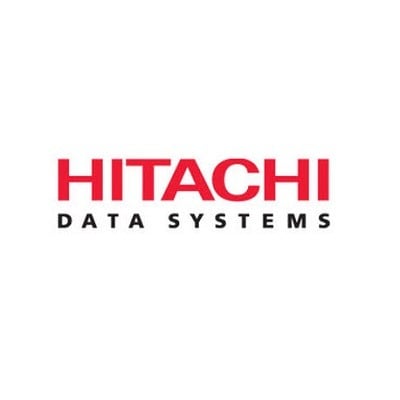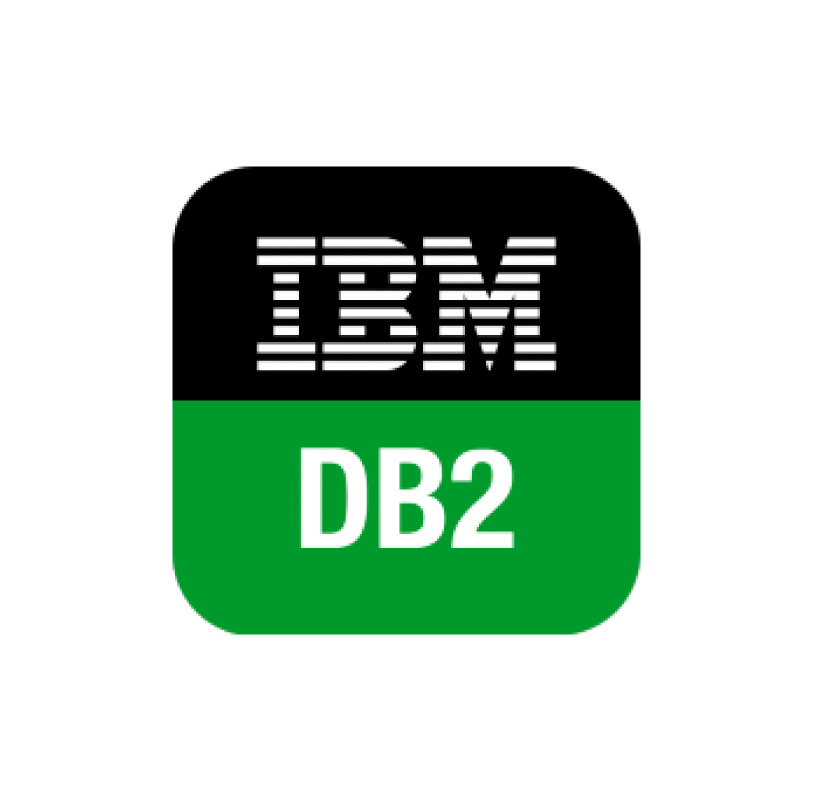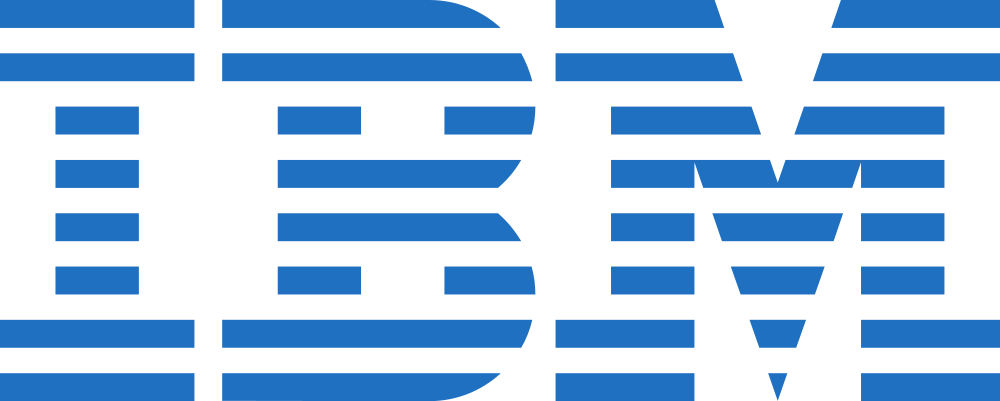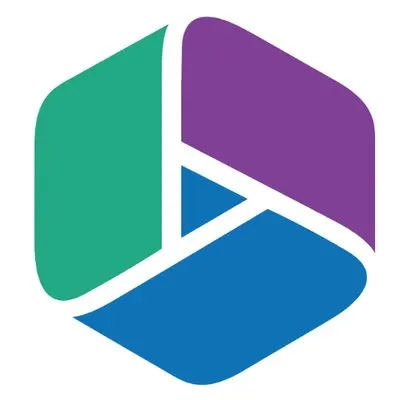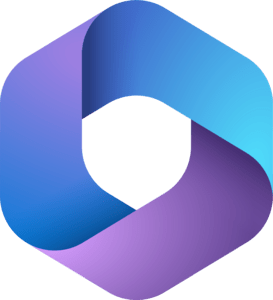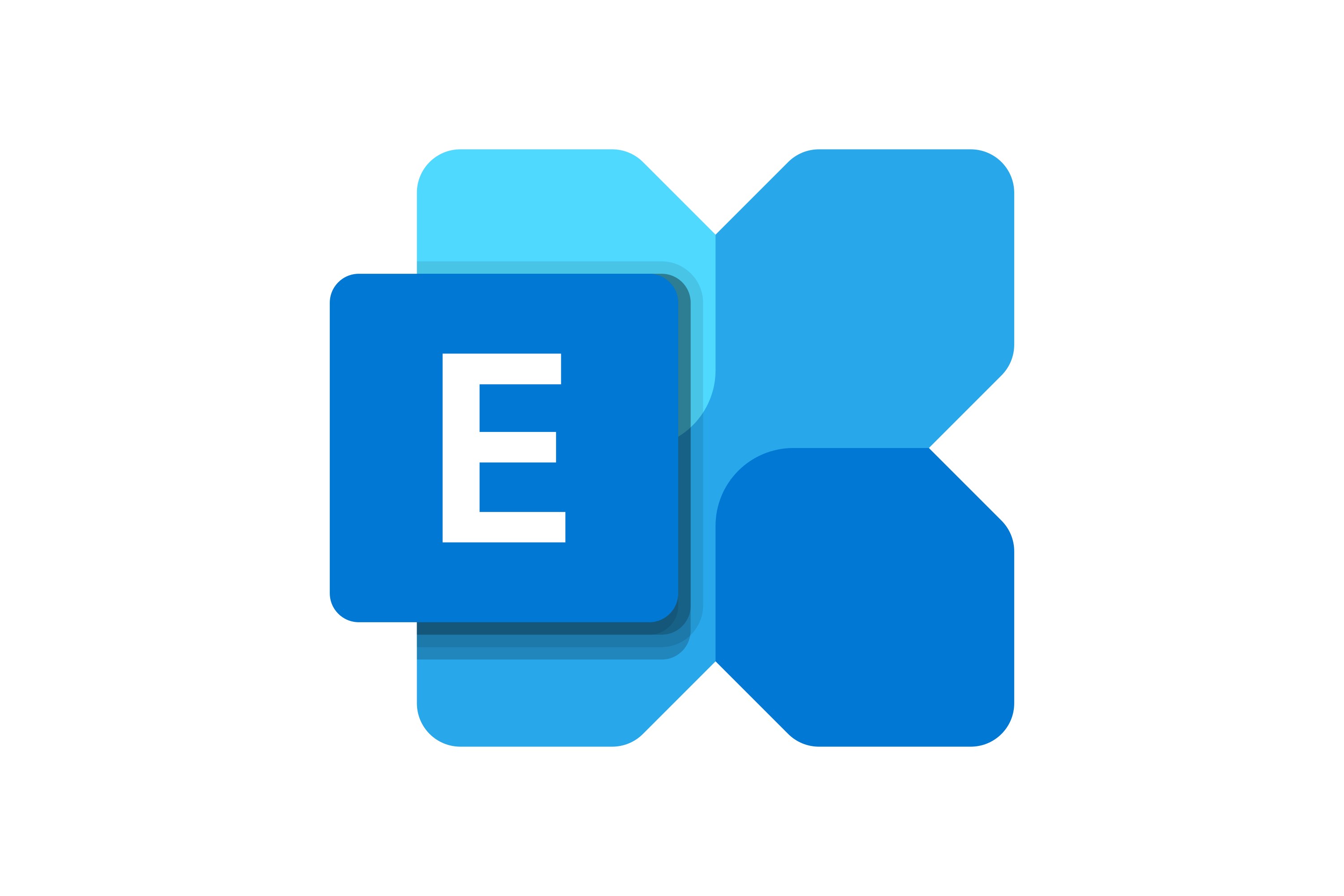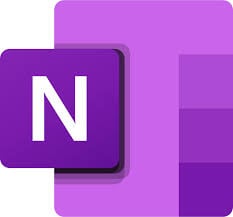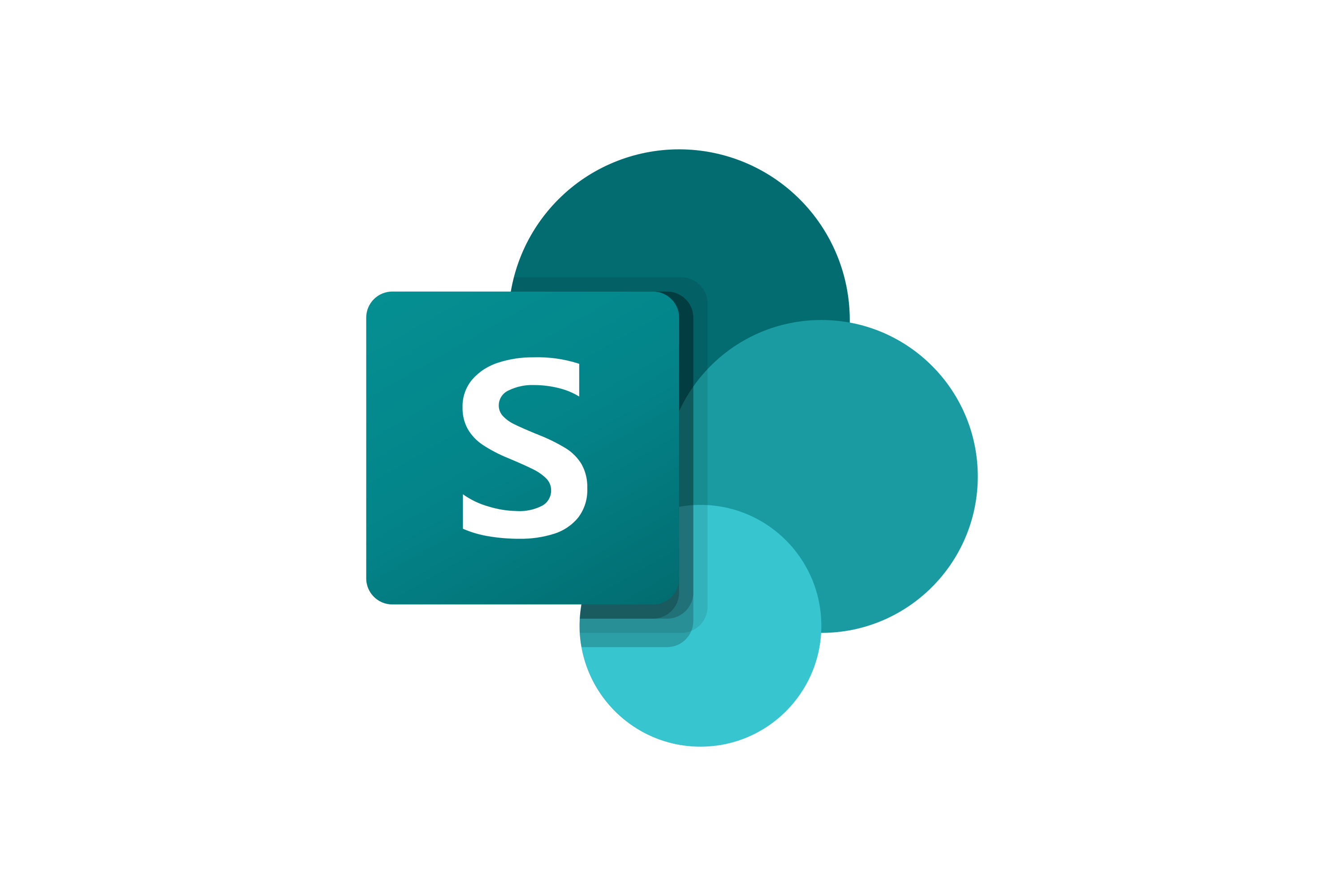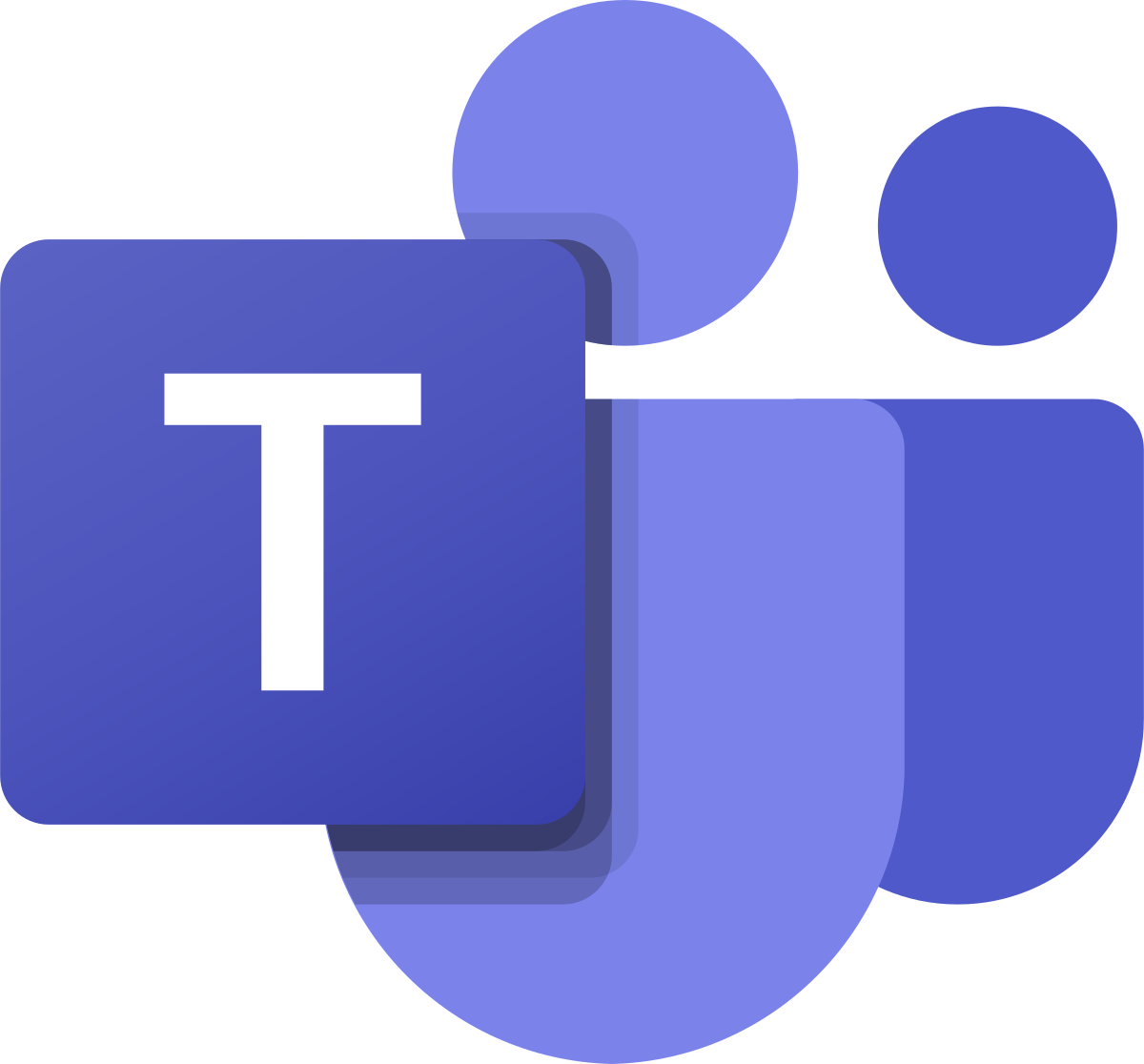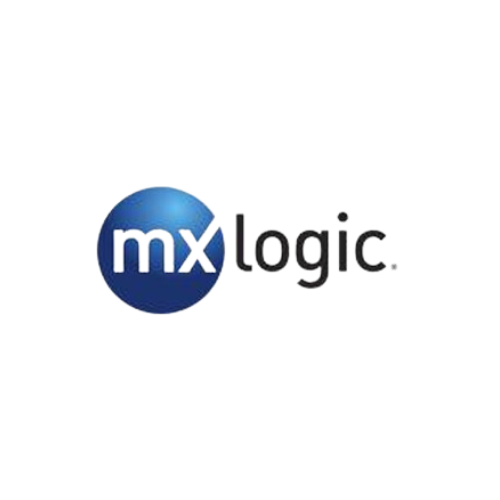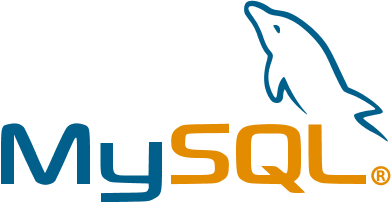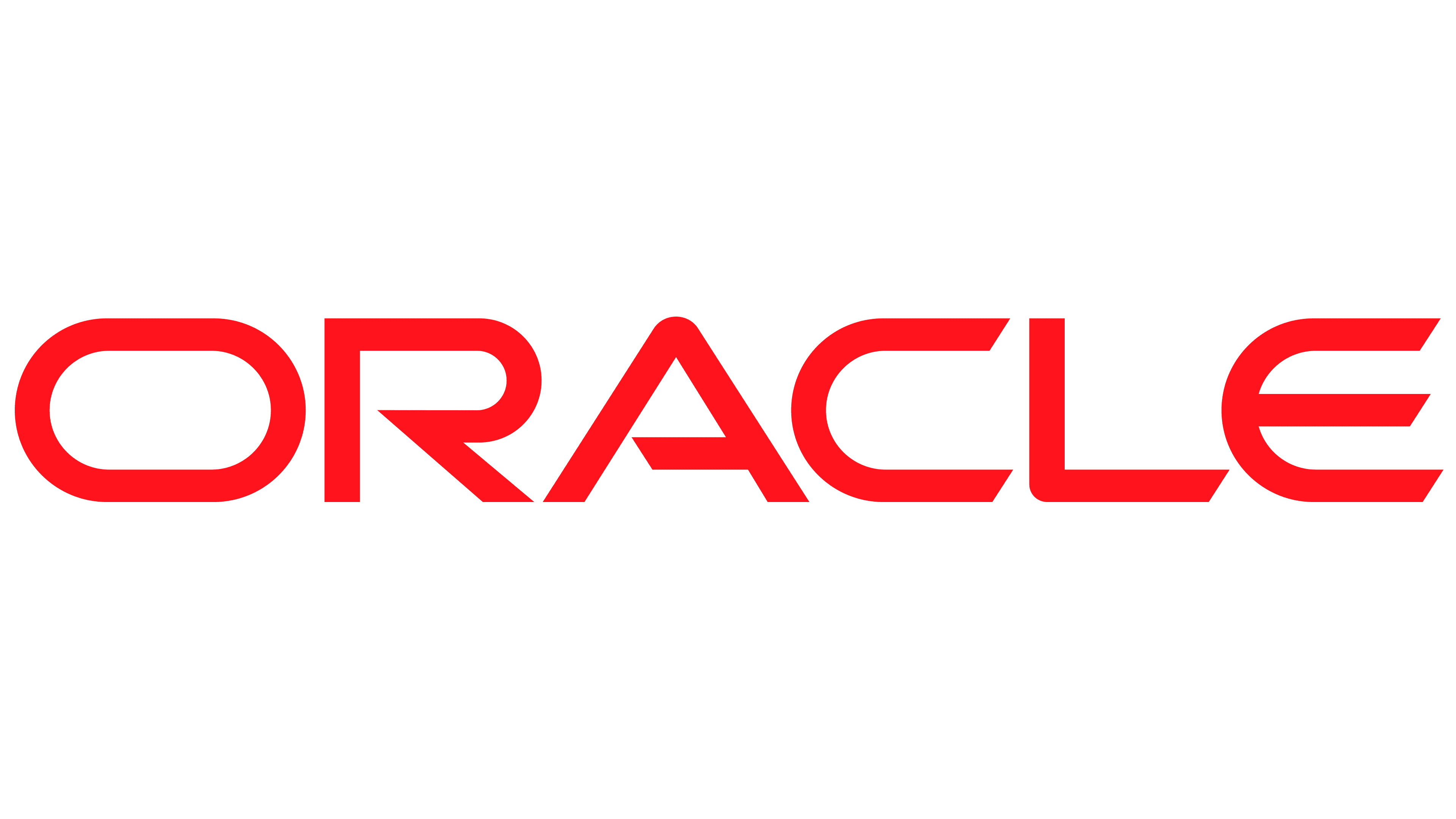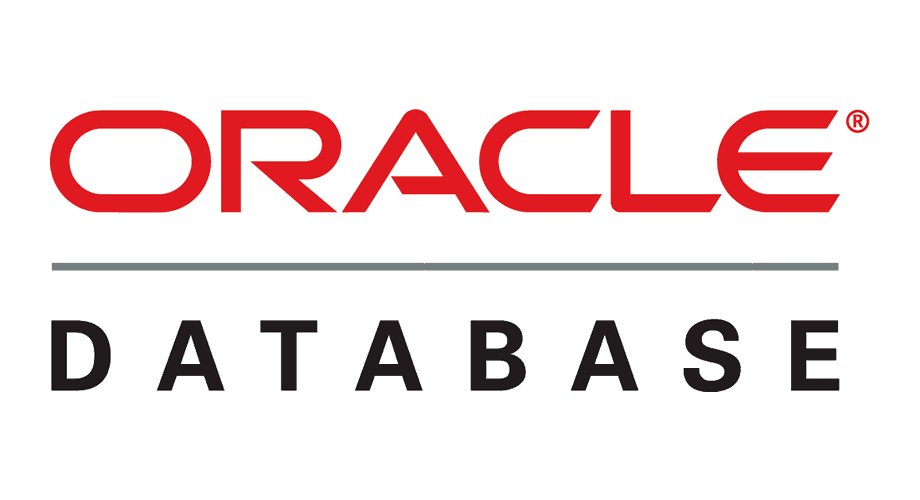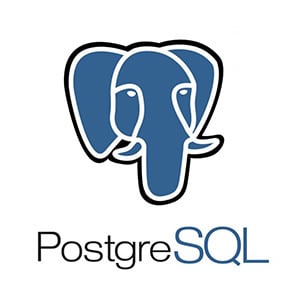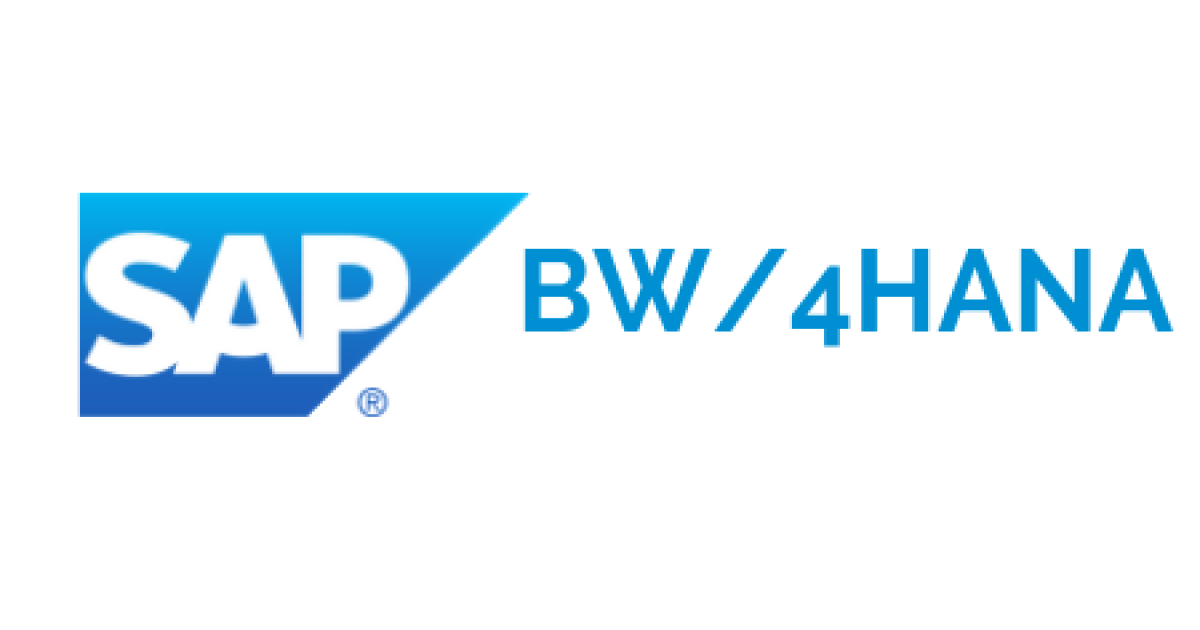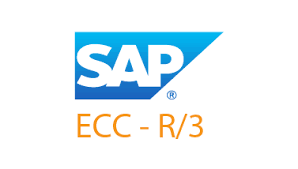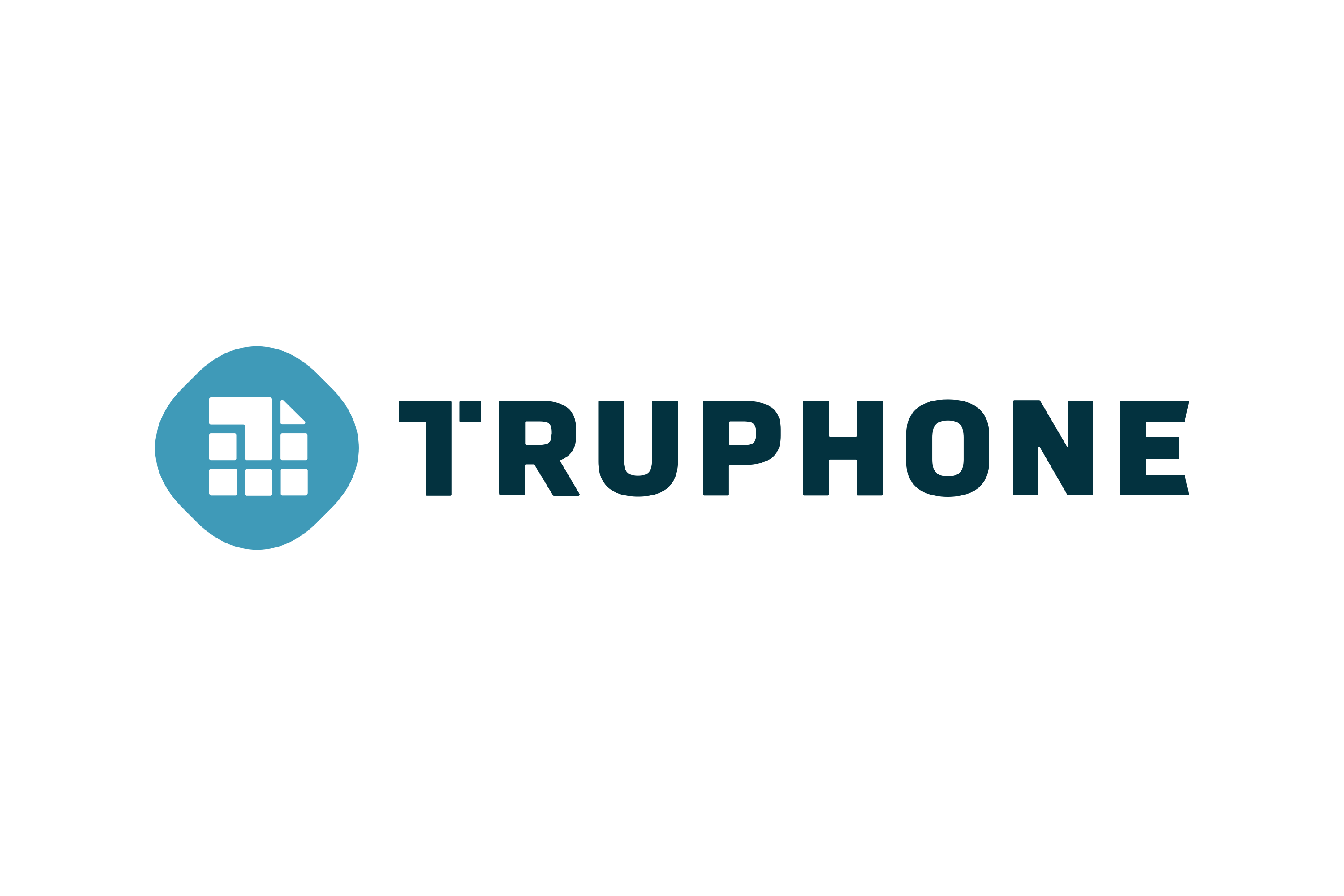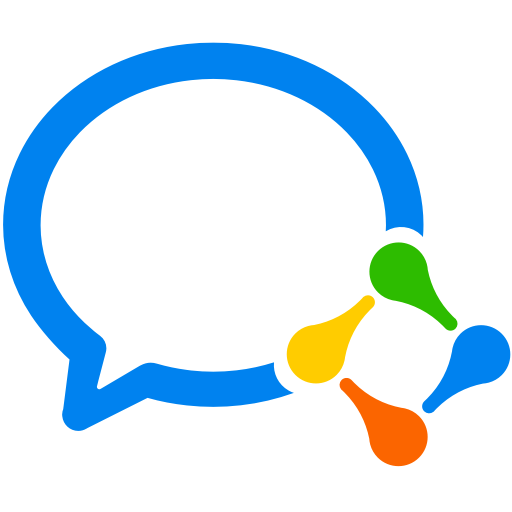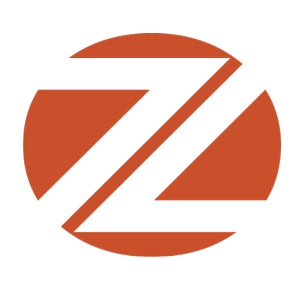Discover Archive360 Connect™
Continuously collect data from various sources, including digital communications and applications, into a unified data governance platform.

Organizations are generating more data than ever—across email, chat, collaboration platforms, legacy archives, and cloud applications.
Managing that data securely and cost-effectively is no small task. That’s where Archive360 Connect™ comes in.
Why Should Enterprises Use Archive360 Connect™?
- Centralize data collection across legacy and cloud systems
- Reduce costs, risks, and compliance gaps
- Prepare data for AI, analytics, and eDiscovery
Capabilities of Archive360 Connect
How does Archive360 enable enterprise-scale data governance?
Today’s organizations continue to produce an ever-increasing amount of electronic data across many siloed systems. In the age of analytics and artificial intelligence, an organization’s ability to derive value from its data while minimizing its risks depends on effective data governance. Data must be classified, secured, stored, entitled, easily searched, and managed in line with the organization’s retention policies, budgetary constraints, growing compliance requirements, and legal discovery obligations. Archive360 FastCollect enables organizations to collect and consolidate their data from many diverse sources.
What types of data can Archive360 Connect collect and process?
Archive360’s highly scalable data collection framework (FastCollect) can create any number of pipelines to collect, classify and process all types of data (unstructured, semi-structured, and structured) into the Archive360 platform. Data can be collected directly from its source or packaged and exported to the Archive360 platform through FastCollect collection pipelines. Pipeline processing capabilities include validating, normalizing, enriching, indexing and encrypting data as well as changing field and file formats. Metadata collected from source systems or extracted data sets is leveraged extensively for access, search, and governance functions.
How does Archive360 ensure authenticity and readability of migrated data?
Moving data from legacy applications, duplicate systems associated with a merger or acquisition, and aging data from operational systems can reduce costs, mitigate security risks, and ensure compliance. Key to the collection process, however, is ensuring data consistency, and authenticity. Instead of organizing data around the business application, our approach is to organize data around business need – storage, retention, access, etc. By mapping metadata and classification information of the data collected from source systems to the organization’s data management requirements, customers ensure data from multiple systems is managed consistently. Metadata is also used to ensure structured data from business applications is captured in full context and can be processed and previewed cost-effectively in the Archive360 platform as it appeared in the source application.
Digital communications, like Microsoft Teams, Slack, Zoom, chat and instant messages, have become shorter and include imagery, such as emojis or memes, that require proper context for eDiscovery investigators to derive a communication’s intent. Legacy archives retain chat and IMs in email format with non-text reactions such as images, videos, “likes” and emojis captured as attachments. Archive360 FastCollect captures all conversations and their metadata, so they are presented the way they appeared in the source application – in full context, improving readability and saving business, legal, and compliance teams a significant amount of time. Finally, a complete chain of custody and audit history is maintained throughout the collection process for all data and actions to ensure authentic, defensible data.
Can Archive360 scale with growing data sources and governance needs?
Archive360’s classification-driven approach to collecting and managing data enables your organization to grow the breadth of data sets managed as needed, at petabyte scale. You can build the number of data classes and their associated schemas and management policies as new data sources are added to the Archive360 platform.
Archive360 FastCollectTM has many pre-built connectors to choose from listed below. Organizations can also use our APIs to extend the capabilities of in-house developed and third-party applications. You can also incrementally extend the number of use cases and stakeholders. For example, you can begin by retiring legacy applications and using the platform to manage data access and retention for compliance purposes, as more data sources are added, make the data available to the business to provide a rich source of insight using advanced analytics and artificial intelligence model training tools.
Supported Data Sources
Can't find the connector you are looking for? We can extract data from any source.
Contact us to learn more.
Analyst Report
A Leader in the 2025 Gartner® Magic Quadrant™ for Digital Communications Governance and Archiving Solutions
